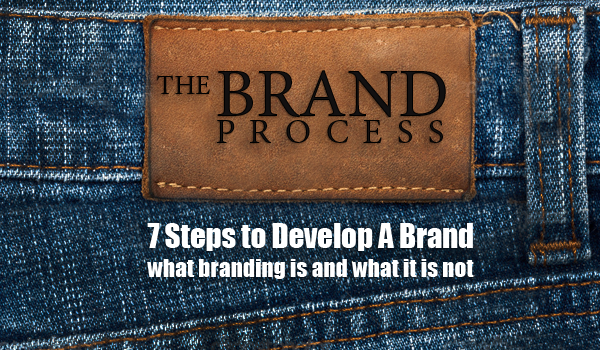What Branding “Is” or “Is Not”
Brand is derived from “to burn”. We want “to burn” our brand on to something. From a marketing standpoint, we want “to burn” our brand into our clients’ and prospects’ minds. We are making and keeping a meaningful promise about the:
- Personality of the organization
- Product(s) of the organization
- Service(s) of the organization
Brand for most organizations is the single attribute that comes to mind about your organization.
- Fastest
- Most Prestigious
- Most Active
- Best Prices
- Well-connected
- Best Systems/Services
Examples:
- We try harder (habits)
- The Un-colas (different)
- Delivery in 30 minutes or less (services/distribution)
- There is a ________ inside (quality/speed)
What can we brand?
- Name (Mercedes, BMW)
- Logo (Apple, IBM, Nike)
- Packaging (what can brown do for you?)
- Pricing (Southwest Airlines)
- Services (Orkin, FedExp)
What is brand “equity”?
Developing your brand requires investigating every interaction (touch point) with your clients and marketplace, both externally and internally, measuring and correcting to create your brand image – thereby producing equity.
Unique Idea Branding – Eliminating the Shadows
Everything the brand is and does should reflect a unique idea. All brand communication needs to support and express this unique idea. Example: Southwest Airlines’ strong brand creates client price loyalty and loyalty creates revenue. Revenue makes everyone happy.
To use the brand in support of revenue objective(s), we need to reflect on the shadow it casts. Shadows lurk in the dark and make everyone feel uncomfortable. Shadows scare most people and usually are avoided. The most important element to remove a shadow is light. Light casts a very different type of shadow and we need to cast light on the brand unique idea. We really need to light up (investigate) our programs. We need to put light on every point of contact with clients, employees, vendors, government officials and prospects. All touch points need to be reviewed for brand communication compliance.
The ABC’s of Brand Control – Unique Idea

- Attributes – Allow people to discern and validate who we are and what we offer. We are attracted to and will be persuaded by brands that please our attributes. (Southwest: low fares and on-time)
- Behavior – We are motivated to act a certain way. Our behavior is learned; therefore, it can be modified. (Snack Wells by Nabisco). When we understand what our targeted audience really
wants at the core value level we can begin to modify behavior to our desired results. (Home Depot’s: do it yourself). - Circumstance – Once we have the right attributes and behavior how do we create circumstance to make the desired result occur. Is it better to approach the market the first week of the month or the last? Is there a season that can affect the results? (Chevrolet: Employee pricing)
The “WOW” Test
- How can our brand transform the way our clients experience us?
- What is our relevant and unique experience for the client?
- What is our brand promise?
The answers to the questions above should be the focus of your branding process. Next we’ll cover the 7 Steps to Develop a Brand.


No comments yet.